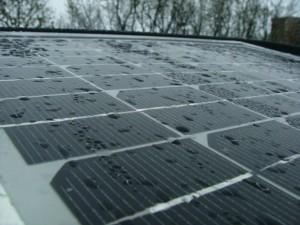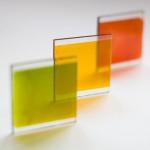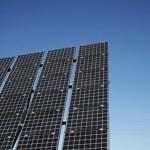Self-repairing solar cells are being researched

Cells inspired by nature to reduce servicing costs
The potentially ground-breaking technology is currently being explored by experts at Purdue University, USA.
If successfully created, the new solar cells will work like natural photosynthetic systems in plants by using carbon nanotubes and DNA to repair. It is hoped that the technology will prolong the life of cells and reduce servicing costs.
Normal cells contain light-absorbing dyes called chromophores that overtime degrade due to exposure to sunlight. However, like nature does, the new cells are designed to overcome this problem by continuously replacing the photo-damaged dyes with new ones by self generation.
The concept would mean that photoelectrochemical cells would continue to operate at full capacity, as long as new chromophores are produced.
Jong Hyun Choi, an assistant professor of mechanical engineering at Purdue University, explained how carbon nanotubes are used to anchor strands of DNA in the cells. The DNA is engineered to have specific sequences of building blocks called nucleotides, enabling them to recognise and attach to the chromophores, resulting in the repair.
Commenting on the research, Mr Choi said: “I think our approach offers promise for industrialisation, but we’re still in the basic research stage.”
Find local, MSC certified Solar Installers
Start your quote
Find local, MSC certified Solar Installers














